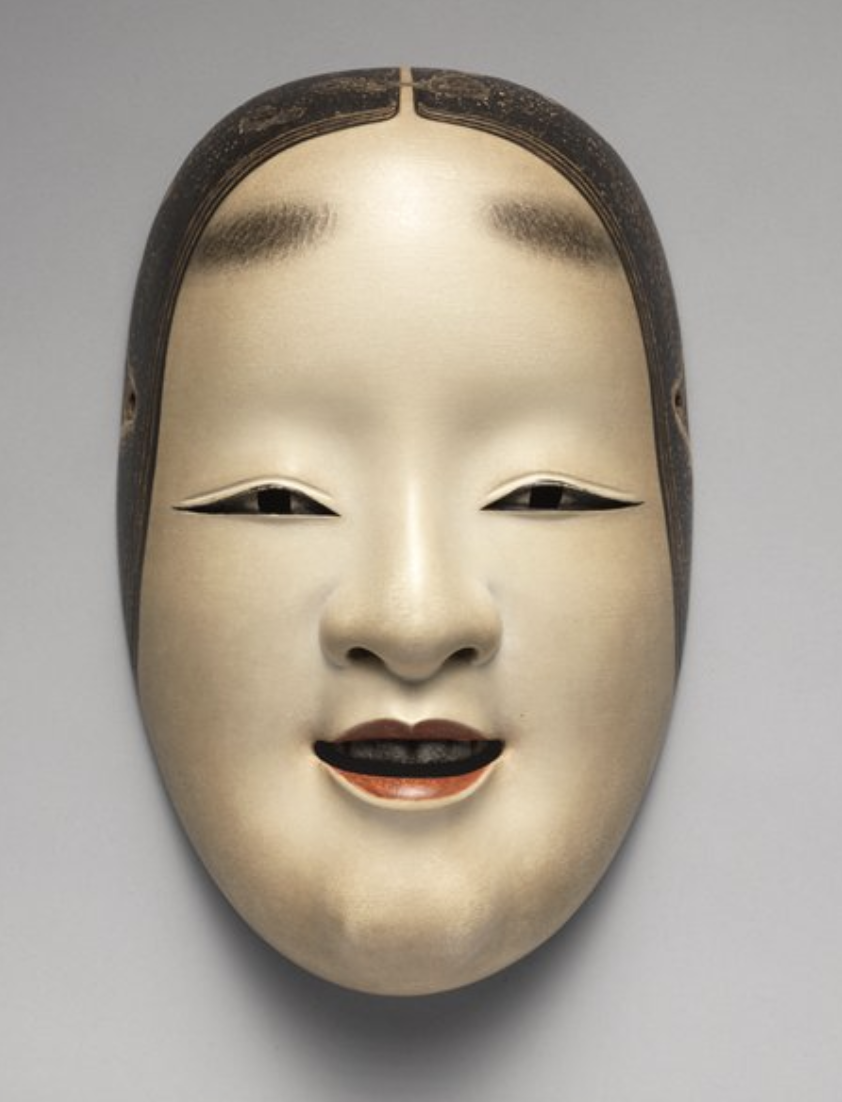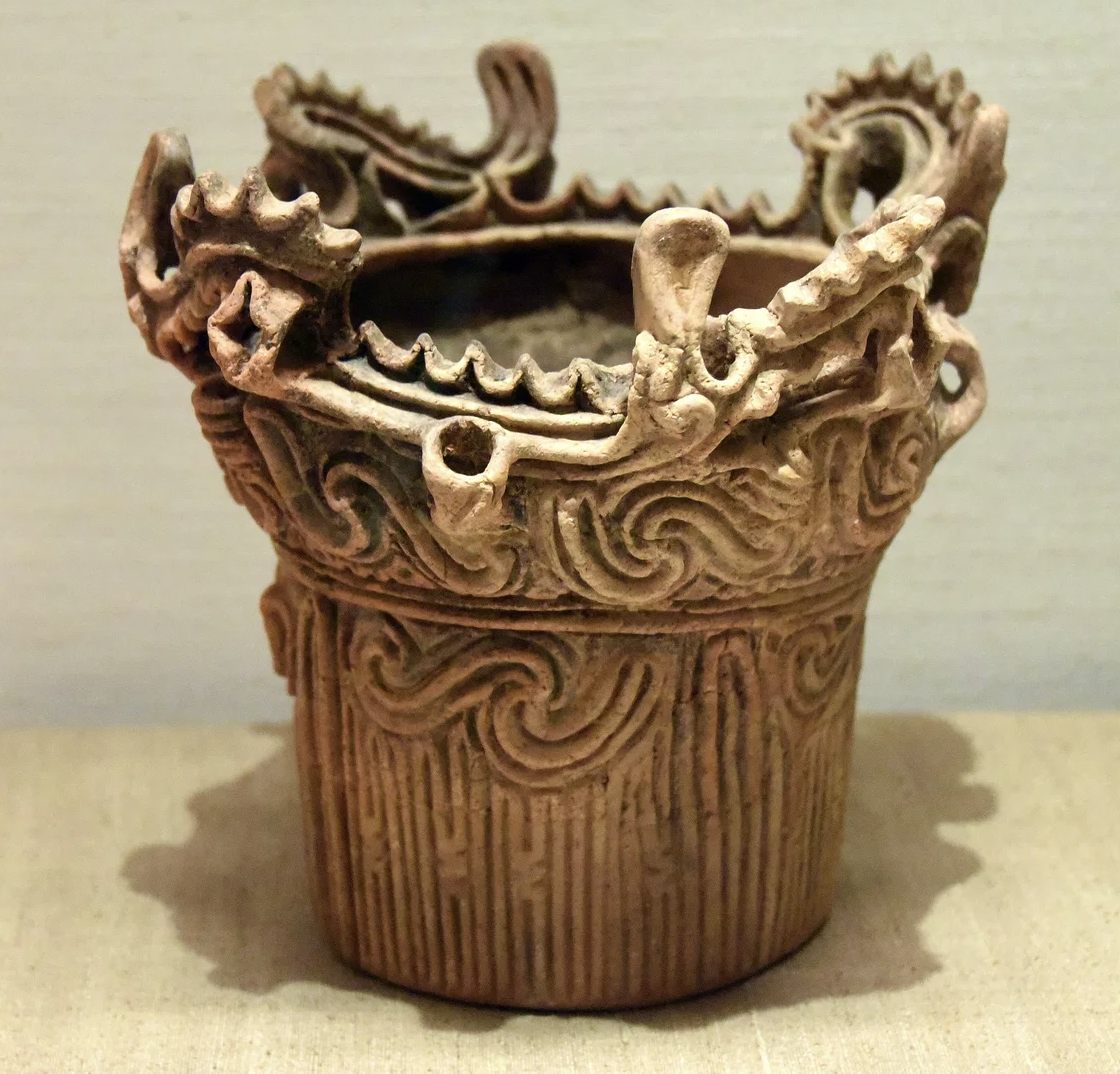In my previous three posts I have summarized approximately three-quarters of Gilles Deleuze’s recently published seminar of 1981 On Painting. I have omitted the very interesting historical material on painting from Ancient Egypt through Cézanne, Kandinsky and Klee with the thought that on these topics Deleuze draws heavily from art historians and accordingly his thinking there is not especially distinctive (although undoubtedly fascinating and worth considering). I have framed my summary as an account of the creative process of artistic painting, although Deleuze does not at any point use the phrase ‘creative process’, nor does he give any consideration to the concept of art. Speaking of the creative process at least does seem to me to capture and illuminate Deleuze’s conceptions. Whether the term ‘artistic painting’ is appropriate seems to me much less certain. Along with the painters just mentioned he also considers Michelangelo, Titian, Rubens, and Rembrandt, and he gives the impression that the creative process he describes is extraordinarily strenuous and rarely successful, and that only a few are up to its rigors. So it might better capture his thought to say that he is describing the creative process of ‘great art’ or ‘art that matters’, and not artistic painting generally, which must include a great deal of mediocre and/or minor works. Perhaps Deleuze’s concern is something like that of John Berger’s in his early book Permanent Red, where he differentiates those who are ‘defeated by the difficulties’ and those who ‘struggle’; Deleuze is only interested in the latter, and primarily when they overcome the difficulties.
Before putting some questions to Deleuze’s account of painting, we ought to recall how unusual a philosopher Deleuze is. He writes in What is Philosophy? that the concern with truth and falsity is not primary in philosophy, but rather that “it is categories like Interesting, Remarkable, or Important that determine success or failure” (Deleuze & Guattari, p. 82). Philosophy is the creation of concepts, where, as A. W. Moore puts it, by ‘concept’ “Deleuze means ‘[a set] of singularities that each extend into the neighbourhood of one of the other singularities,’ or ‘a set of singularities . . . [that lead] on from one another’ (Deleuze (1997), p. 146). A concept, on this construal, is an articulated area on what Deleuze calls ‘the plane of immanence’, that is the virtual plane on which all singularities and all other events, in their virtual aspect, are located (Deleuze & Guattari, Ch. 2 passim; cf. Deleuze (1997), p. 147).” In the seminar Deleuze explicitly states that his primary concerns are to create the concepts of diagram and painting, so any criticism must take into account his idiosyncratic conceptions of a concept and the point of creating concepts, that is, as joyful and affirmative responses to a sense of interesting, remarkable, and important events. He urges his listeners to ignore what they’re not interested in, and to take what seems useful to them and put it to their own uses. In his ‘Letter to a Harsh Critic’ from the early 1970’s, he indicates that he approves of a bit of what the harsh did: “This intensive way of reading, in contact with what’s outside the book, as a flow meeting other flows, one machine among others, as a series of experiments for each reader in the midst of events that have nothing to do with books, as tearing the book into pieces, getting it to interact with other things, absolutely anything . . . is reading with love.” (Deleuze (1997), pp. 8-9)
I know of only three intelligent and serious critical accounts of Deleuze (I do not doubt that there are many more), and only one of these comes close to Deleuze’s conception of reading with love: First, the French philosopher Vincent Descombes follows Deleuze’s thought carefully in his early book Nietzsche and Philosophy, where Deleuze tries to distinguish a ‘reactive’ thinking that affirms itself through initially opposing something else, from an ‘active’ thinking that first of all affirms itself in its difference from others. Descombes claims that despite Deleuze’s sustained analytic efforts, ‘opposition’ and ‘difference’ collapse into an identity, and necessarily because they both constitutively involve evaluation, and “how is it possible to talk of an incomparable being (a singular or sovereign being) in the philosophy of values, i.e. of comparison? To evaluate means to compare: this is worth more than that.” (Descombes, p. 265) In a lengthy, multi-chapter discussion of Deleuze’s conception of the subject, self-consciousness, and meaning, the German philosopher Manfred Frank diagnoses Deleuze’s thought as based upon one-sided misconstruals of representation, thought, and self-awareness that render him incapable of characterizing the ways in which ‘the subject’ (that is, human beings as conscious, oriented in space and time, and possessing some degree of self-understanding) can and does relate itself to itself across time and recognize itself in its expressions. (Frank (1989), Lectures 21-25, esp. p. 384) The English philosopher Paul Crowther comes closest to ‘reading with love’ in his critical analysis of Deleuze’s monograph of Francis Bacon. Crowther claims that Deleuze rightly and insightfully recognizes the central features of modern art—the tendencies to render non-traditional subjects, to emphasize the materiality of the artwork and the planarity of the virtual space in a picture, etc.--, but crucially fails to recognize how individual style is at the core of what and how one appreciates artistic painting. (Crowther, ch. 1, especially pp. 41 and 44), and this is bound to other misconstruals, in particular the failure to appreciate the existential dimension of painting (p. 41), the failure to bring into focus the viewer’s concern with how figurative elements arise (p. 42), and an oddly crude and mechanistic conception of aesthetic rhythm in pictorial arts (p. 52). Crowther concludes that one should ‘explode’ Deleuze, which means that one ought to take up his central insights but put them in a philosophical framework that treats individual style as central to artistic meaning in painting. That’s reading as tough love.
My critical questions in a review are at best a stage-setting for a future reading with love, as I shall not attempt here to do anything with Deleuze’s thought. Although there are points on every page meriting reflection, I’ll limit my questions to three basic areas in On Painting where questions immediately arise: the concept of art, the concept of the diagram, and the character of meaning in artistic painting.
On Art: As I have noted Deleuze’s very largely avoids the term ‘art’, though he solely discusses painters that most of us would think of as paradigms of artistic painting, from Michelangelo through Cézanne, Klee, and Kandinsky to Francis Bacon. Deleuze seems content to think of these great painters as interesting and thought-provoking, but why are they? A ready answer would be to say that they are among the supreme instances of artistic painters. But then one would want to know, not just what distinguishes them from mediocre artistic painters, but what distinguishes artistic painters from non-artistic ones. I cannot see that Deleuze offers any explicit thought whatsoever to the question. The painters Deleuze discusses are presumably those he finds especially interesting. If I were to attempt something analogous, I would certainly include discussions of Mu Qi, Fan Kuan, Asmat (New Guinea) shields, and Papunya (Australia) body painting.
I imagine Deleuze responding with, ‘Fantastic! Go right ahead and let’s see what you make of them!’; but this would seem to me to miss part of the point, which includes considering something of the range and variations among human artistic paintings, in order to gain some further specificity to the concept of artistic painting; lacking such consideration, Deleuze’s account lacks a dimension of philosophical anthropology (Deleuze would very likely dismiss this objection). But even more importantly, the lack of such broader consideration means that at no point does Deleuze test his concepts with questions like “Did Mu Qi have a diagram? If so, what was it?”. Such testing would illuminate both the nature of the concepts and the limits of their application.
On the Concept of a Diagram: I have repeatedly indicated some puzzlement at and frustration with Deleuze’s concept of a diagram. A book from a dozen years ago, The Deleuze and Guattari Dictionary, indicates that the term originates with Guattari in the 1970s and that Deleuze used it in markedly different senses in various books. In his monograph on Francis Bacon Deleuze writes that the diagram “is thus the operative set of asignifying and nonrepresentative lines and zones, line-strokes and color-patches . . . the diagram is the operative set of traits and color-patches, of lines and zones” (Deleuze (2003), p. 82), a specification that seems consistent with much of what he says in On Painting. Recalling that Deleuze insists in the seminar that the diagram is individual and dated, a comparison of the concept of the diagram with the concept of individual style suggests itself. Part of what seems distinctive then of the concept of the diagram is the diagram’s impersonality, and the ways in which it seems directly connected to a kind of quasi-logical ‘space’ of possibilities of artistic rendering in painting, that is, of ways of rendering the relationships among planes and surface, the emergence of figure from background, and the distinctive kinds of color and color-relationships characteristic of an individual painter. The concept of individual style, by contrast, includes the characteristic subjects rendered (e.g. Cézanne’s apples),
as well as psychological dimensions: something of the way in which the psychology of the painter expresses or betrays itself in painting, as well as developmental phases of pre-stylistic, stylistic, extra-stylistic, and late stylistic works. Here I would be inclined to agree with Crowther that Deleuze’s inability to take account of these aspects of individual style impoverishes his account.
On Meaning in Artistic Painting: ‘Meaning’ is not a term that figures explicitly in Deleuze’s account. Nonetheless, as with the term ‘creative process’ as a synonym for Deleuze’s conception of the passage from the pre-pictorial through the catastrophe and the creation of a diagram, and the resultant pictorial fact, the term ‘artistic meaning’ does seem to cover what Deleuze considers the achievement embodied in a work of artistic painting. One of his many brilliant discussions in On Painting (more fully given in the monograph on Bacon) is his account of the seeming contortions of Francis Bacon’s figures as responses to the basic demand of modern painting as articulated by Paul Klee: ‘to make the invisible visible’.
I can see nothing blocking anyone from learning from and reading with love Deleuze’s remarkable analyses of (what I call) artistic meaning.
Despite the its many obscurities and puzzling features, Deleuze’s On Painting, together with the monograph on Francis Bacon, seems to me second only to Richard Wollheim’s Painting as an Art as the greatest philosophical contribution to the understanding of artistic painting of the past 50 years.
References and Works Consulted:
John Berger, Permanent Red (1960)
Paul Crowther, The Phenomenology of Modern Art: Exploding Deleuze, Illuminating Style (2012)
Gilles Deleuze, Nietzsche and Philosophy (1983)
--The Logic of Sense (1990)
--Difference and Repetition (1994)
--‘Letter to a Harsh Critic’ and ‘On Philosophy’, in Negotiations (1997)
---Francis Bacon: The Logic of Sensation (2003)
--On Painting (2025)
Gilles Deleuze and Félix Guattari, What is Philosophy? (1994)
Vincent Descombes, Modern French Philosophy (1980)
Mikel Dufrenne, The Phenomenology of Aesthetic Experience (1973)
Manfred Frank, What is Neo-Structuralism? (1989)
A. W. Moore, The Evolution of Modern Metaphysics: Making Sense of Things (2014)
Richard Wollheim, Painting as an Art (1987)
Eugene B. Young with Gary Genosko and Janell Watson, The Deleuze and Guattari Dictionary (2013)
































































